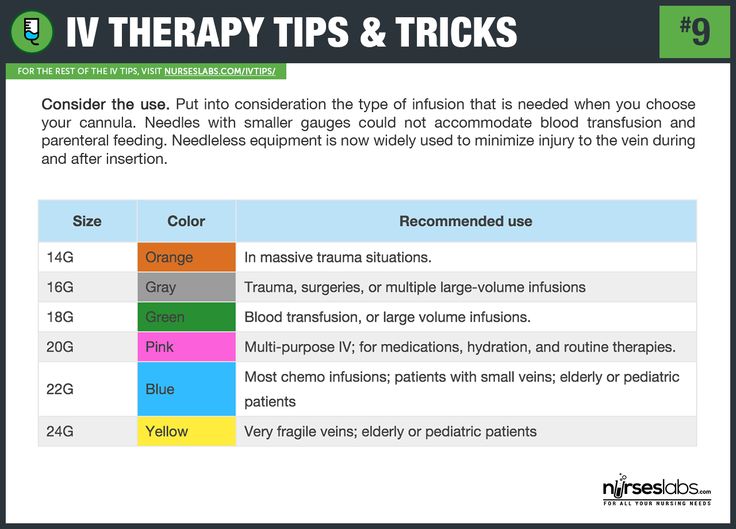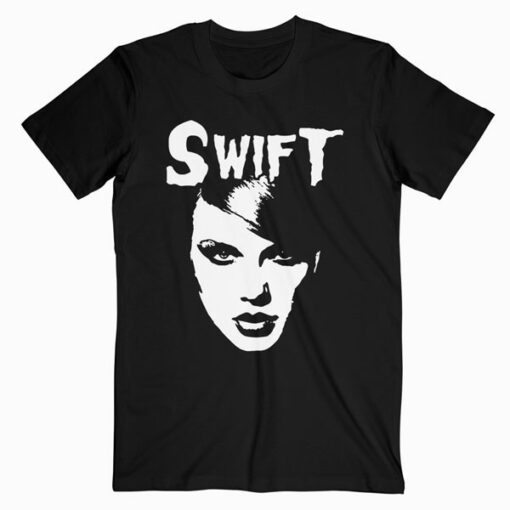Swelling above an iv site usually happens either with a blown vein or the animal has recieved to much fluids to fast. Iv fluid is a form of diuresis, which flushes fluid through the kidneys in order to balance electrolytes and prevent uremia by removing toxins like urea from the.
This type of fluid therapy allows your veterinarian to measure and control the amount and rate of the fluids.

Cat iv fluids vein. Intravenous fluids can be described as placing an iv catheter into the vein to put the fluid directly into the bloodstream. Isotonic crystalloid solutions (ns, acetated ringer's or lrs)are the most commonly used replacement fluids because they are usually effective, readily available, easily administered, and relatively inexpensive. Cats with other ilnesses or concerns
A patient has a saline solution iv drip into the vein. Stabilize the vein without touching the aseptically prepared skin. In the hind limb, they are most commonly placed in the lateral saphenous vein.
Iv fluids are typically used for cats who are critically ill and have lost enough fluids that their lives are threatened. Iv fluid goes directly into a vein with a drip feed, and training is necessary to insert the needle properly. For my kitty, 100ml seemed to be okay every other day for a few days leading up to hospitalization for iv fluids.
Instead of placing a slow drip of fluids into the cat's vein, as happens with intravenous (iv) fluids, the fluid is injected just under the skin with a needle. Gently press the end of the catheter down onto the limb so that if the animal moves you will move with it and not accidentally remove the catheter. If the fluid is injected to quickly, you may damage the function of your cat's heart, and if not quickly enough, your cat will not be adequately hydrated.
Nobody has noticed and for a few hours water has accumulated like a balloon in the arm. They are commonly used for any cause of dehydration and for conditions such as kidney disease, urinary obstruction, vomiting and diarrhea. Peripheral indwelling iv catheters are most commonly placed in the cephalic vein in dogs and cats.
The stylet should be held still and not be advanced into the vein, Pull the skin taught just ventral to the catheterization site. They have somehow moved around and the needle has fallen out of the vein, but remained in the body.
Iv fluid therapy benefits cats with kidney failure in several ways. In a recent study, 3 however, causes of uo in 45 cats were found. If a pet is able to eat and drink, giving fluids by mouth may be an option.
Your vet or the vet tech inserts an iv catheter into a vein in your cat's front leg, neck or hind leg. Generally, fluids are given via intravenous fluid (iv) therapy. The fluids are carried through the iv into the body quickly.
Initial rapid infusion for dogs should be 20 to 40 ml/kg iv (one half. If untreated, would the body absorb the water, or would it remain as a. It is the fastest route of treatment with either medications or fluid replacement into the body because of the immediate access to the circulatory system.
With your index finger on the catheter (as shown above) advance the catheter into the vein and off the stylet. 6,9 severely hypotensive patients might require at least one whole blood volume of replacement fluids during the first hour of treatment. It works rapidly, removing toxins and providing constant hydration.
In such cases, your vet will probably administer subcutaneous fluids. This could be under the skin or could be through a needle into their vein. The fluid then gradually disperses throughout the cat's body, and helps him or her to maintain hydration at the correct level.
Iv fluids are also used for cats who have suffered an acute insult to the kidneys (acute kidney injury), such as a kidney infection or kidney stones. Feline urethral obstruction (uo) is a common disorder encountered in small animal emergency practice, with incidence estimates ranging from 1.5% to 9%. If oliguria or anuria persists, the amount of fluids infused per day will consist of the sum of the measured urine output, the insensible water loss (5 ml/kg/day), and the extra losses caused by vomiting or diarrhea.
Insert the catheter with needle at a slight angle to facilitate entry through Intravenous (iv) fluids are a common way to administer fluids to cats at the veterinary hospital. Intravenous fluid (iv fluids) therapy in cats.
If dehydration is a chronic condition, due to something such as kidney disease, iv fluid therapy is not suitable. Paws swell above iv sites when they have blown the vein and fluids are just being administered into his body, gravity works and it settles in the paw. Intravenous to begin intravenous (iv) fluid therapy, the vet will give the cat a mild sedative and shave the area around the vein being targeted for injection.
(intravenous) catheters are used extensively in pets that are sick or those pets that are about to be anesthetized. In some cases, iv fluids may succeed in flushing out kidney stones. These catheters allow us to administer medication directly into the venous system for rapid distribution to the whole body.
The preferred method by me and others is to hang the iv fluids bag on the curtain rod in the bathroom, sit on the tub edge with the cat in our lap, pop the needle into the cat's skin, then stroke, cuddle and chat with the cat (some give treats) until the dosage is administered. Your assistant should be occluding the vein by placing pressure over the vein proximal to the catherization site. We will tell you what iv fluids are and how they are administered.
This is when a tube or catheter is placed in your cat’s vein. The etiology of uo was long thought to be a physical obstruction, such as a urethral plug, calculi, stricture, or neoplasia. If no urine flow occurs, readminister furosemide (8 mg/kg iv push) or administer dopamine (1 to 2 µg/kg/min iv).
Other veins used often for catheterisation include the accessory cephalic, and medial saphenous. Depending on your cat's illness, your vet may add medication to the iv fluids. Fluids are commonly administered to cat intravenously (through a vein), or subcutaneously (under the skin).

Pin by Arianne Schuurs on Nursing!! ️ Extracellular

Pin on ScrubCheatsFundamentals

IV Fluid Solution Bags for IV Therapy Nursing school

50+ IV Therapy Tips and Tricks The Ultimate Guide in 2020

Giving subcutaneous fluids to cats an owners guide (fully

For some, inserting an IV cannula is a difficult challenge

IV Fluids Types to Know for Nursing Care divided by

Pin on Dermatology board by a board certified

An artery has a pulse, a vein does not. www.PhotonicHealth

Peripheral intravenous device or catheter is the most

Introduction to the Visual Infusion Phlebitis (VIP) score

50+ Iv Therapy Tips And Tricks How To Hit The Vein In One

50+ IV Therapy Tips and Tricks The Ultimate Guide Iv

Getting an IV Child life, Body, Children






Post a Comment